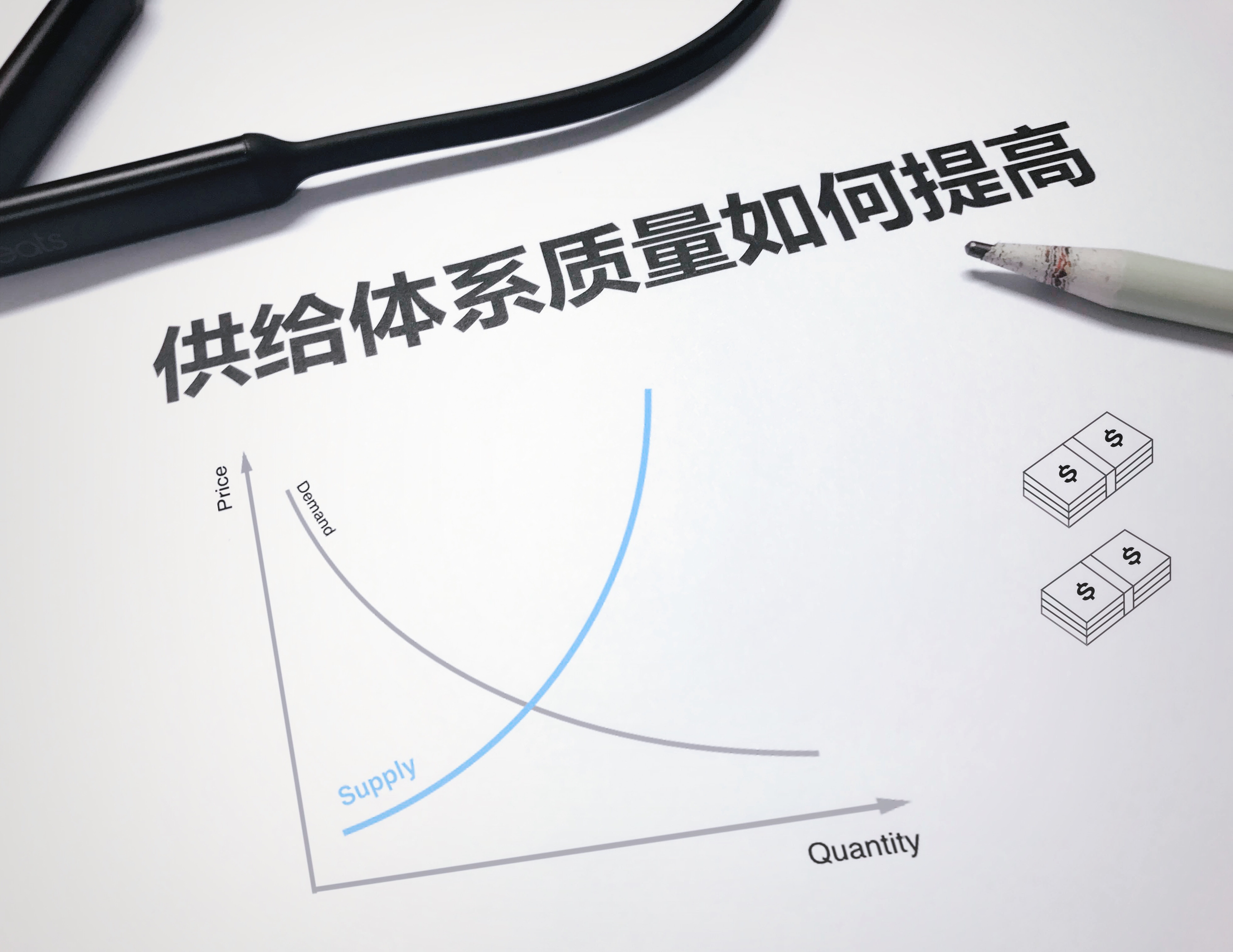Approaches to Improving the Quality of Supply Systems
2017-12-20

By Zhao Changwen, DRC
2017-11-3
Supply-side structural reform is the main task of economic development during the 13th Five-Year Plan period. The report of the 19th CPC National Congress proposes that China should “deepen the supply-side structural reform” and “centers on improving the quality of supply system”.
China should improve its strength of economic quality. Chinese enterprises should innovate the technological and commercial models and the government should strengthen its regulation on economic quality and technologies. The report makes it clear that China should focus on improving the quality of supply systems and enhancing the strength of Chinese economic quality. Such a statement provides targeted solutions to the supply-side structural problems. The improvement of supply-system quality is a systematic project in which enterprises should transform their management concepts, respond to the changes of consumption demands in the new era and innovate technologies and commercial models to provide products and services with higher quality. The government should accordingly improve the production and management standards of industries and enterprises and strengthen quality supervision. Building up famous Chinese brands should also be part of the government work in the improvement of supply-system quality.
China should foster new growth poles and new growth drivers. It should deepen the integration of different industries, upgrade the traditional industries and generate new economic drivers. Supply-side structural reform is a long-term task and the specific sub-tasks vary in different phases. In the new era, the supply-side structural reform has a wider coverage. According to the Party’s report, China should “move faster to develop advanced manufacturing”, “foster new growth poles, generate new economic drivers” and “support the upgrading of traditional industries”, all providing distinct instructions for future reform and development. The key to accelerating the development of advanced manufacturing lies in industrial integration. The Party’s report maintains that efforts need to be made to push forward the integration of the Internet, big data, artificial intelligence with real economy. Integration is the nature of the new industrial revolution and the key approach to upgrading traditional industries and building up new growth drivers.
China should upgrade the traditional industries and foster new growth poles. The government sectors should also strengthen supervision and improve management, carrying out more inclusive supervision to support new economic drivers. China should move the industries up towards the mid-to-high ends on the value chain. Enterprises should strengthen their capabilities in relevant aspects to usher in the emergence of world-class advanced industrial clusters in China. The Party’s report sets forth higher requirements for industrial upgrading that China should move up the industries towards the mid-to-high ends on the value chains and foster several world-class advanced manufacturing clusters. China should also gradually improve the capabilities on generic technologies, key technologies and capabilities of integrating systems and make breakthroughs and progress on core technologies in particular. Last but not least, China should obtain the right to set standards. The above-mentioned aspects are all important for Chinese manufacturing industry to enter the international market.














